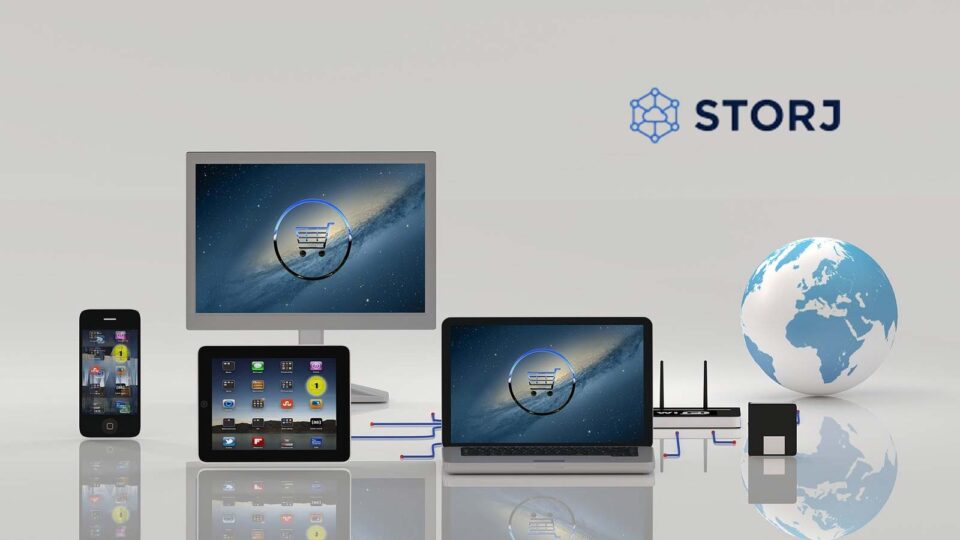Tesla Drivers Can Now Use Storj DCS to Programatically Host Dashcam and Sentry Mode Video For Easier Storage, Sharing, and Streaming
Storj presented an integration that enables Tesla drivers to manage Dashcam and Sentry Mode video footage using Storj DCS (Decentralized Cloud Storage) and open source software, giving customers better control of their data for private and secure file sharing, and long-term storage. The integration combines several open source software repositories, Storj’s Amazon S3-compatible gateway powered by MinIO, Storj’s integration with Rclone, and affordable hardware to automatically upload footage to the decentralized cloud, a vast improvement over the manual process used by most Tesla owners.
Recommended ITech News: New Report Helps IT Buyers Avoid Greenwash And False Claims
“This integration not only enables Tesla owners to privately and securely manage their footage, but it also showcases how easy it is to integrate Storj DCS with open source software and how well the product can upload and stream data to locations all around the globe.”
“One of our team’s values is openness, and we are firmly committed to contributing to the open source software community and using integrations and capabilities delivered by other open source software developers,” said JT Olio, Storj CTO. “This integration not only enables Tesla owners to privately and securely manage their footage, but it also showcases how easy it is to integrate Storj DCS with open source software and how well the product can upload and stream data to locations all around the globe.”
All Tesla vehicles come with built-in sensors and cameras that can record Dashcam or Sentry Mode video. Dashcam footage is captured when a Tesla driver is operating their vehicle. Sentry Mode video is captured when the vehicle is parked, and someone approaches or movement is detected. Both modes must be manually enabled to record video, which is primarily stored on a USB drive inside the vehicle. The data must then be manually transferred to another device if the driver wishes to view, share, or store the video long-term.
Recommended ITech News: HQS And CQC Will Combine To Form World’s Largest, Most Advanced Quantum Business
The integration was made using open source software maintained by GitHub user marcone and created by Reddit user drfrank, Storj’s native integration with Rclone—a popular open source software program for cloud backups, and a Raspberry Pi. Storj DCS has a free-tier so that Tesla owners can upload up to 150GB of footage to the service at n******. The thorough documentation makes it easy for even less technical users to share and store their Tesla footage on Storj DCS.
When video is uploaded to Storj DCS, it is encrypted, encoded for redundancy, and stored across a diverse set of Nodes worldwide. Once the footage is uploaded, Tesla drivers can easily share the video with friends, family, or other interested parties with just a click of a button through Storj’s object browser using Storj Share functionality. From there, video can be streamed or downloaded to other devices.
In addition to its native integration with Rclone, Storj DCS has been integrated with many other open source software tools used by developers worldwide, including FileZilla, MongoDB, Duplicati, Plesk, and more. These integrations are easy-to-use and enable developers to take advantage of the privacy, security, and cost benefits decentralized systems deliver. By integrating with Storj DCS, developer tools and platforms can give customers superior privacy and security. Decentralized systems with boundary-less architectures also deliver better resiliency and fault tolerance
Recommended ITech News: Vodafone names NEC as a key partner for 5G massive MIMO radio units supporting commercial deployment of Open RAN in the UK


